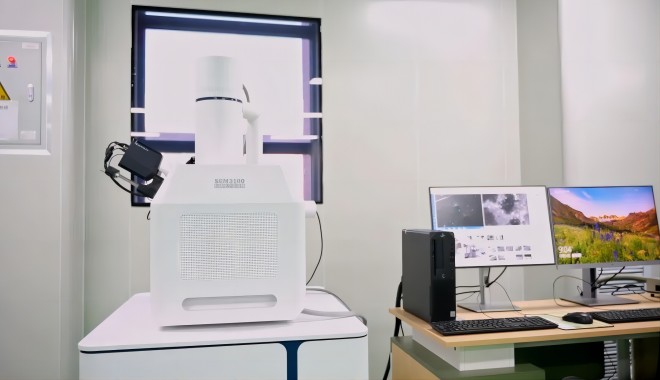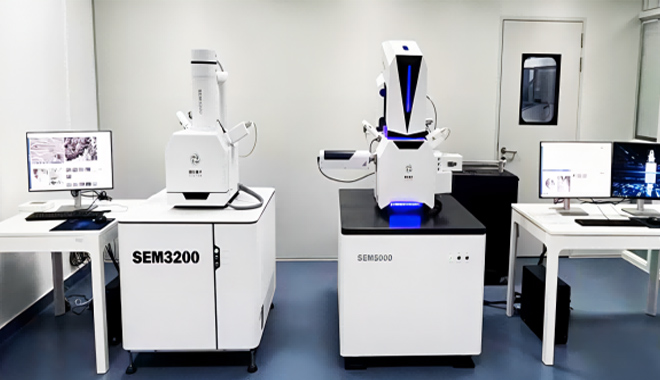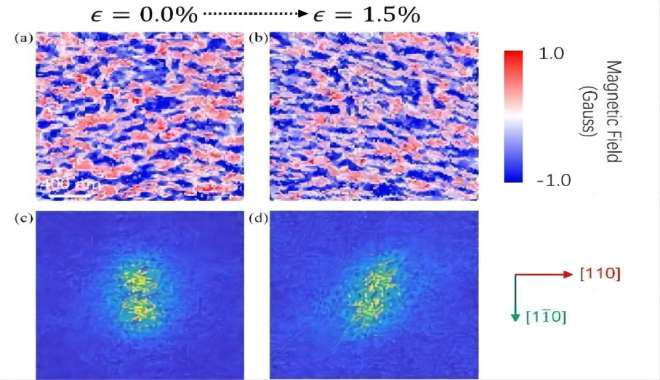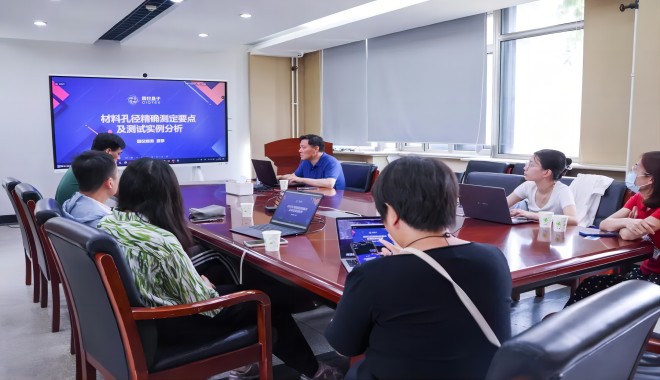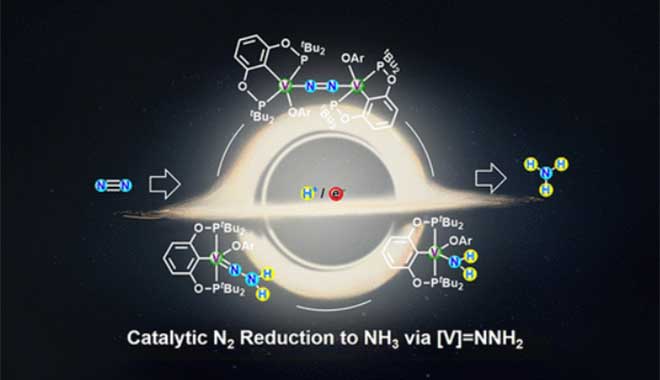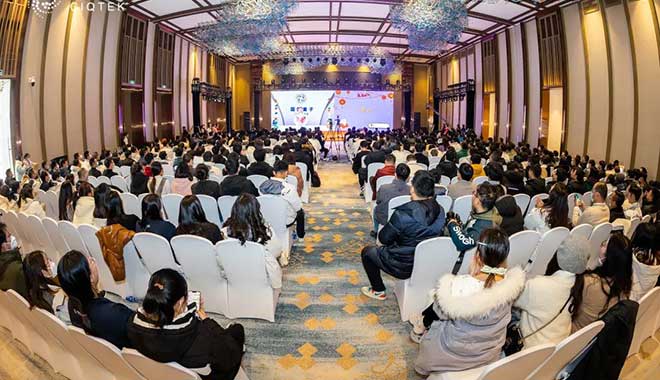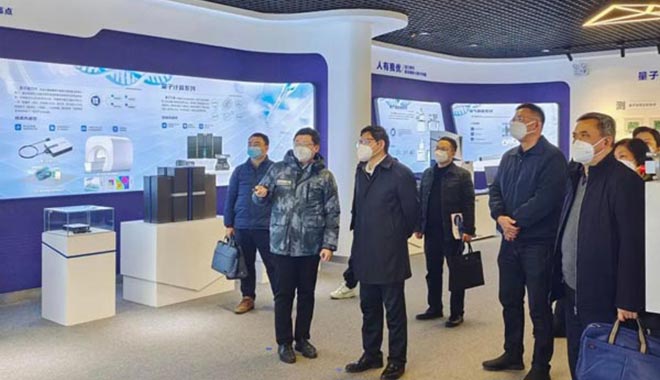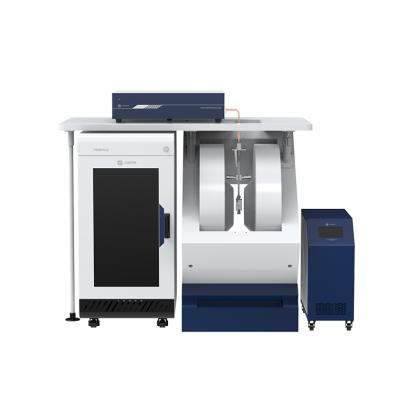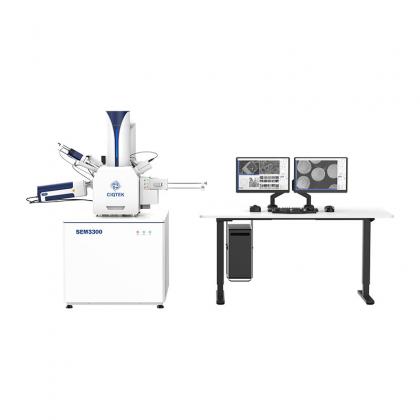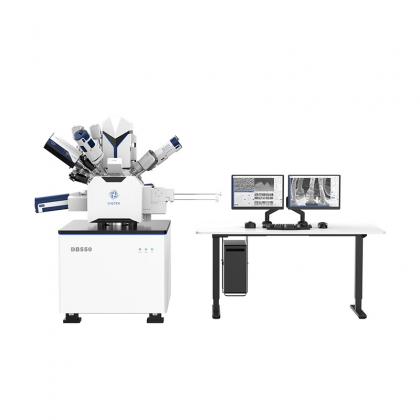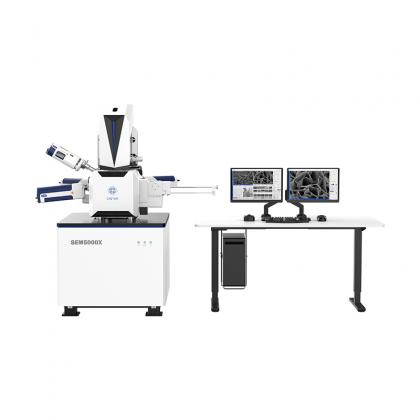- Field Emission Scanning Electron Microscope manufacturer global supplier
- SEM EDX, EDS, EBSD, BSE, CL, STEM detectors
- Scanning NV Magnetometer Scanning NV Microscope applications notes pdf
- scanning NV center microscope manufacturer
- Scanning NV Magnetometry global supplier
- x band electron paramagnetic resonance spectroscopy
- electron paramagnetic resonance spectroscopy
- epr spectroscopy with cryostat
- w band epr spectrometer
- epr technology















